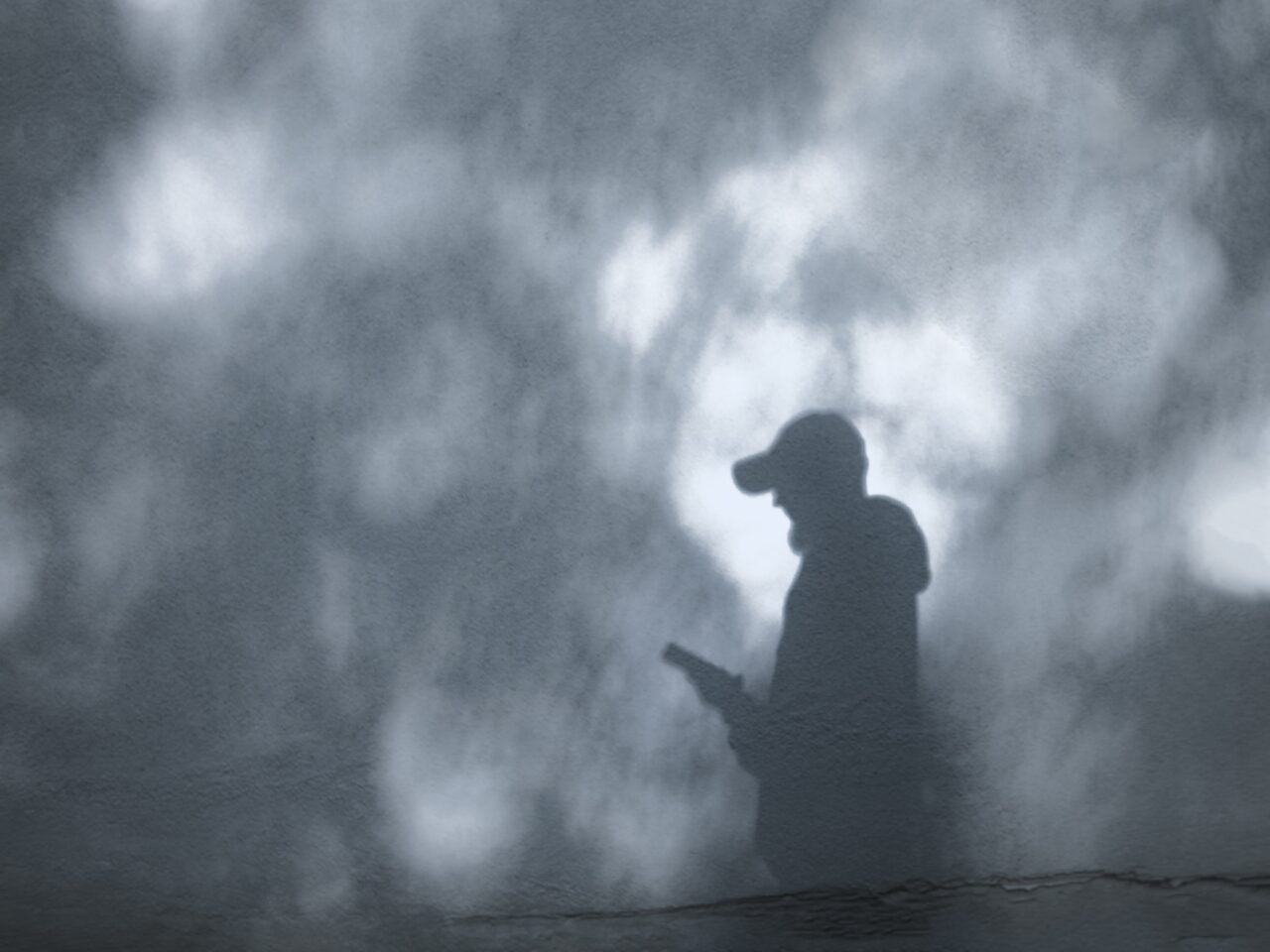
The petition’s comments, written by some of the roughly 2,000 signers, seethed with anger. A number agreed that “the killer” had plotted the murder in advance. “This young piece of **** needs to face what he did. He is a disgrace to human nature!!!” read one.
After his release, Sito saw the family’s petition and became afraid to leave his home.
Nearly a year after Sito’s release, Miguel was shot dead. In the days following, someone tagged Sito’s profile in an Instagram post about Miguel’s memorial. Every time one of Rashawn’s friends “liked” the post, Sito was notified, his aunt told me. Sito was also notified each time someone left a comment. He showed one in particular to his cousin, then to his best friend, and finally to his older brother, seemingly hoping someone would tell him he was overreacting.
It read, “1 down. 1 to go.”
If digital media did not exist, Sito might still have been targeted. But I believe the online petition spread an erroneous account of the murder much faster and more widely than rumors whispered in school corridors could ever have. And the Instagram post only fueled those flames.
THE RISE OF “INTERNET BANGING”
“Internet banging” is the term sociologist Desmond Upton Patton and his co-authors use to describe the phenomenon of gang-involved youths using social media to celebrate someone’s murder, for example, or to incite violence or intimidate (also known as “cyber banging”). It derives from “gang banging,” street violence typically linked to feuding between rival gangs. As a scholar who also studies gang violence, systemic racism, and police violence in U.S. cities, I’ve been forced to reckon with this term and how accurately it describes Sito’s lived reality.
The term recognizes that gang dynamics, like so much else, also play out in a digital realm, where rumors, gossip, and media coverage intertwine. Increasingly, police investigators also look to digital media for evidence of gang-related crimes. Online media coverage can create and spread images of young criminal suspects long before judges or juries—or defense lawyers—get anywhere near their cases.
In an era where information—true or not—spreads rapidly online, Sito’s case shows how stories circulating on social platforms can criminalize individuals before any formal charge is made—if it ever is. “Innocent until proven guilty” can seem meaningless once “convicted” on Instagram.
Patton and other researchers conducted extensive research in Chicago, where active and chronic gang activity is embedded in communities. In one study, Patton and his team focused on a two-week period in 2015 in which two well-known gang members in Chicago were murdered. The study explored how this real-world violence got amplified through social media aggression on what was then Twitter (now X) in posts aimed at enhancing the reputation of the person making the threats.







